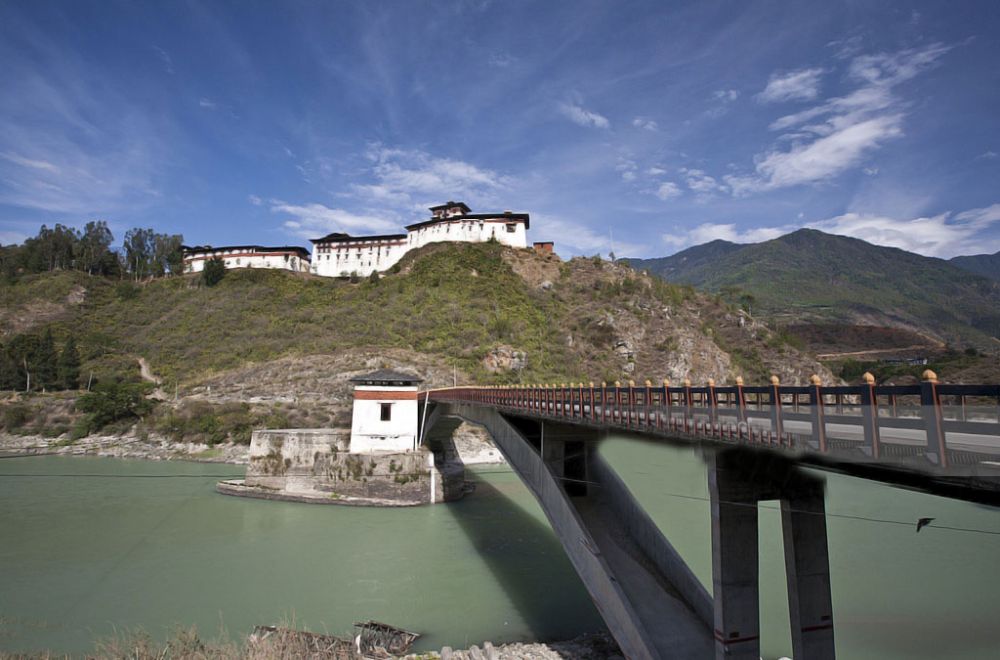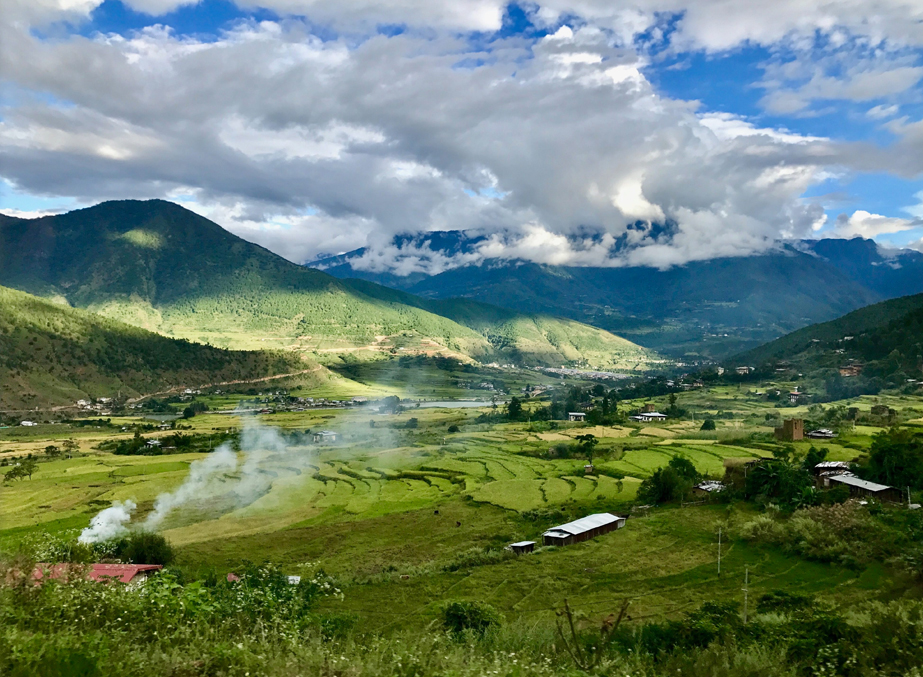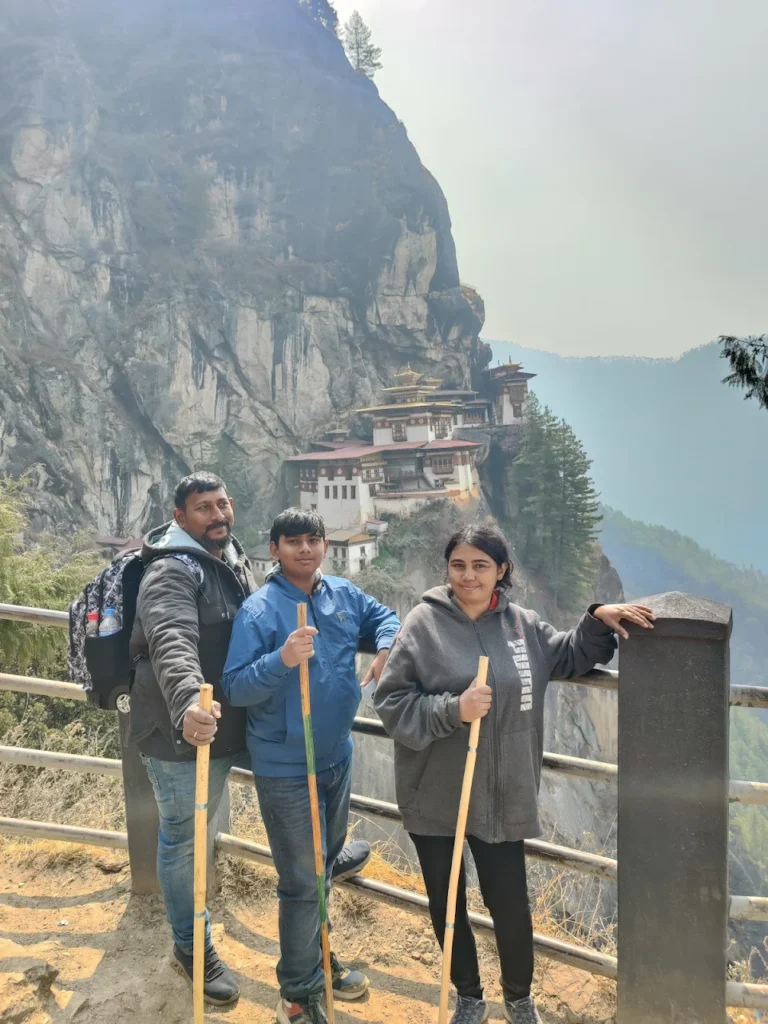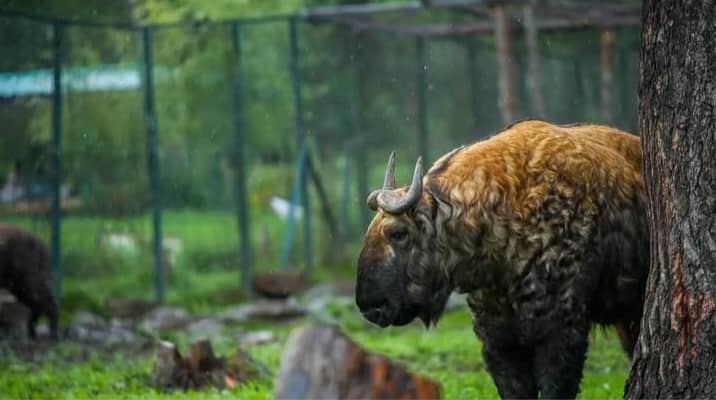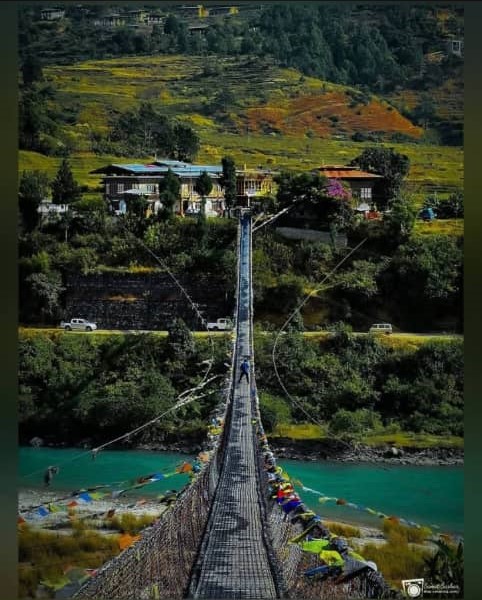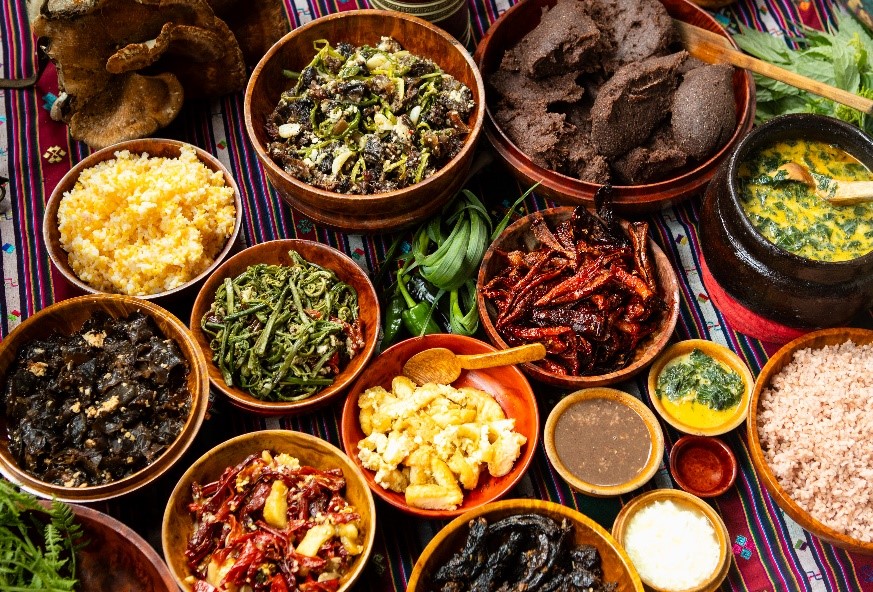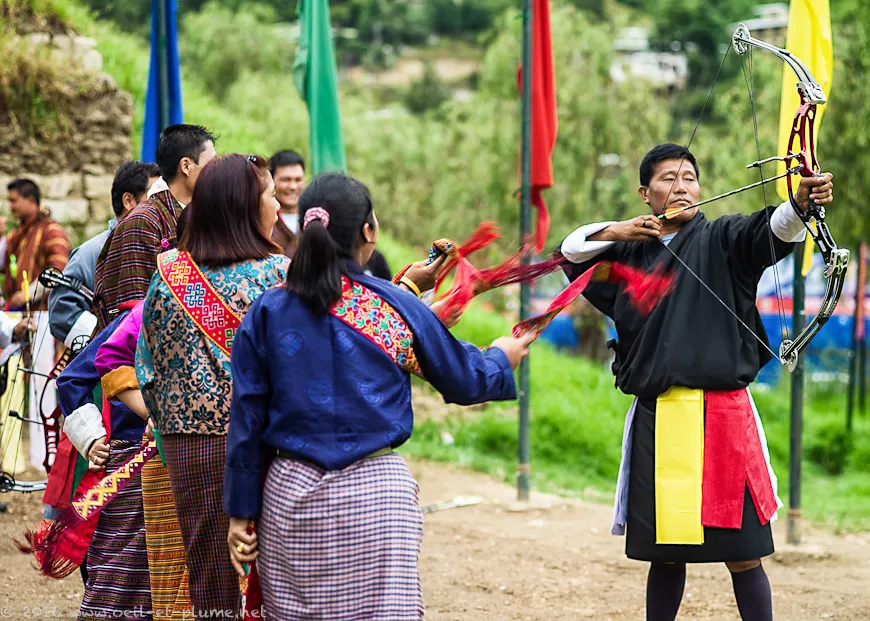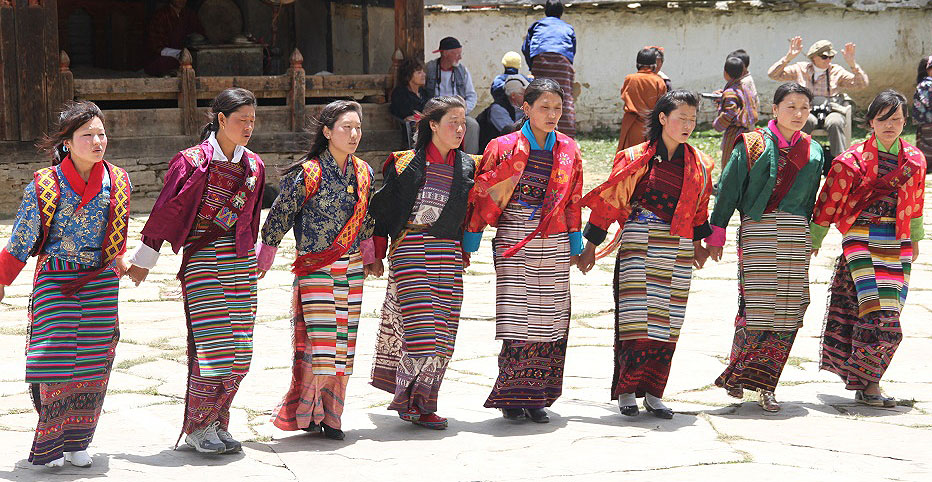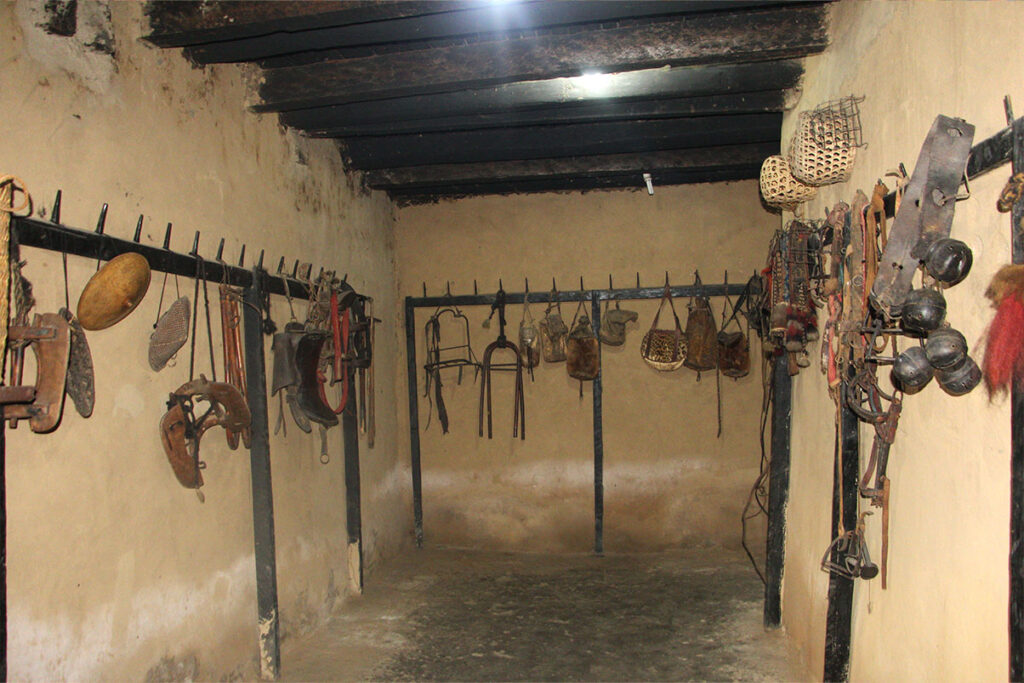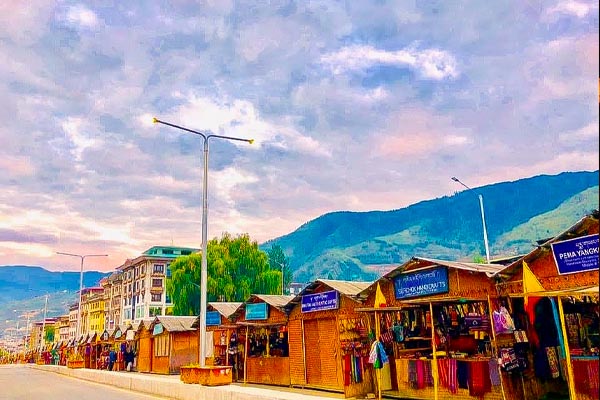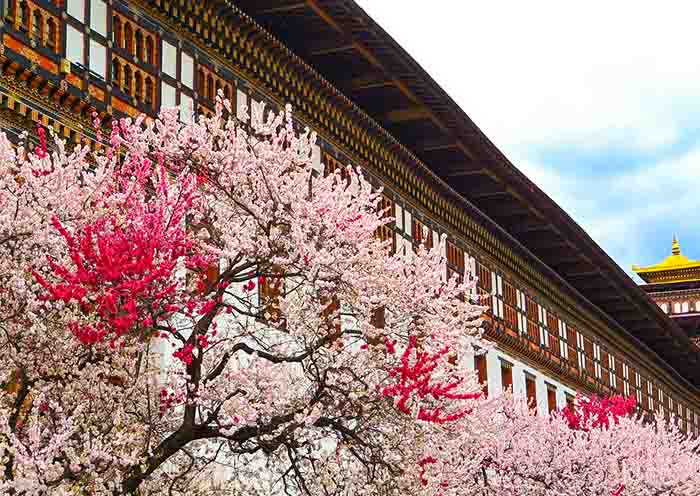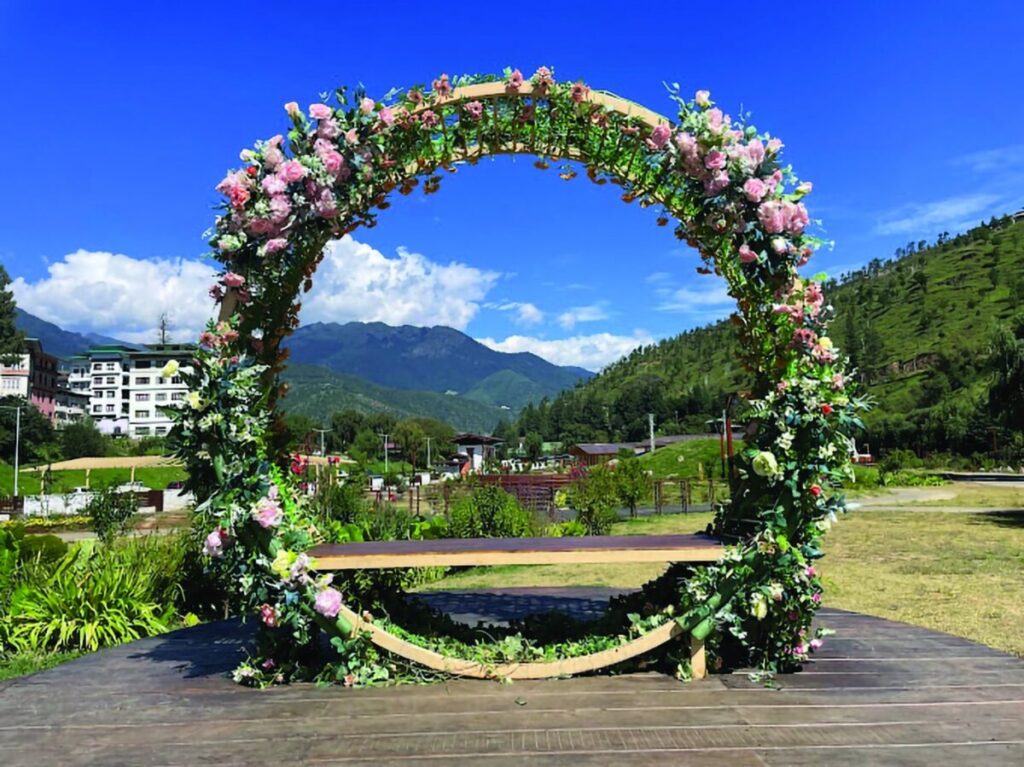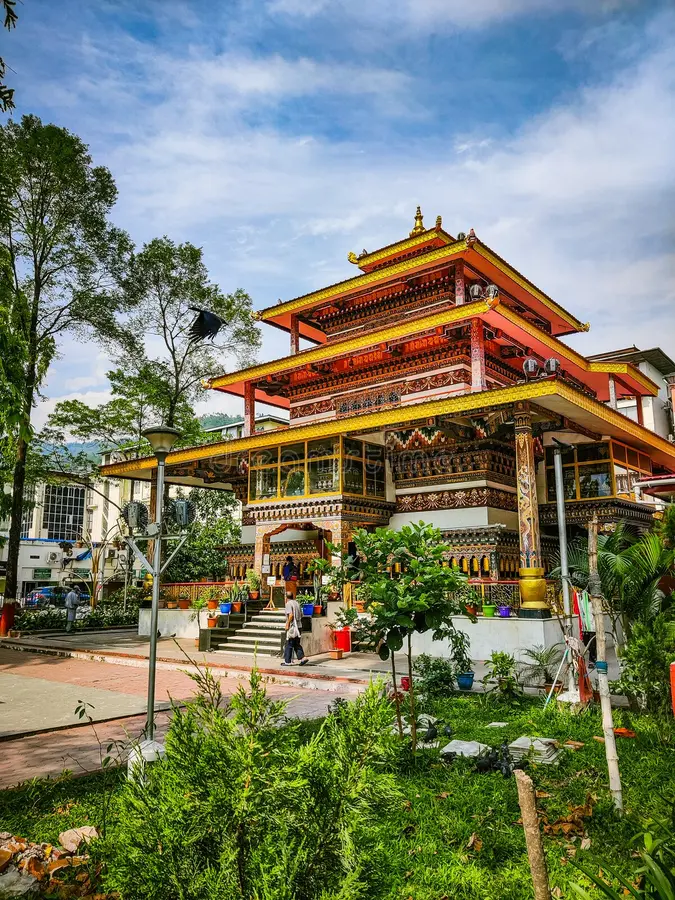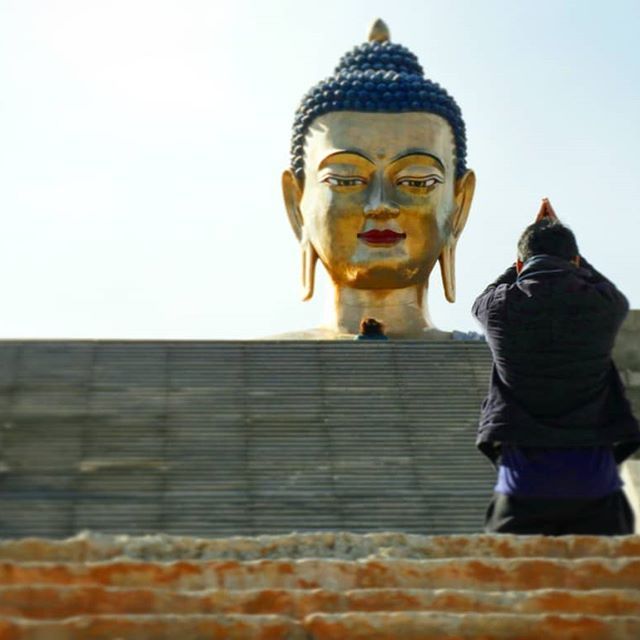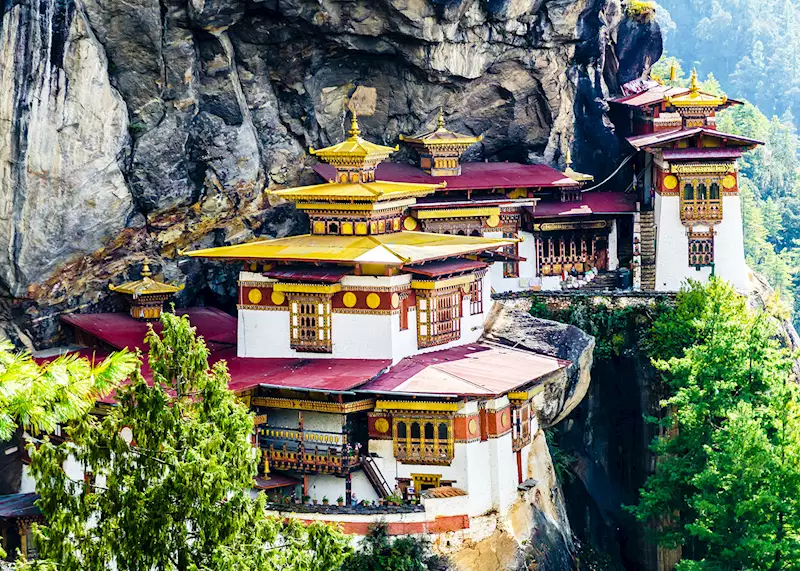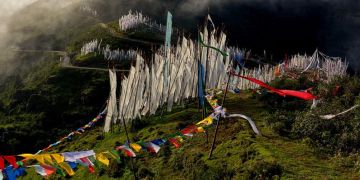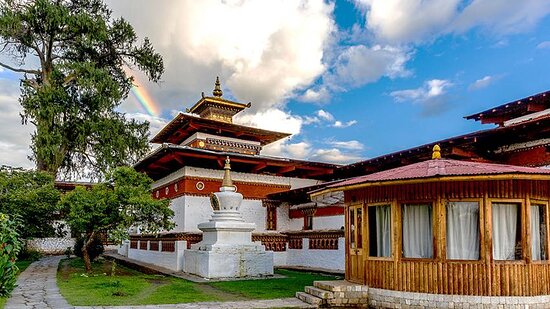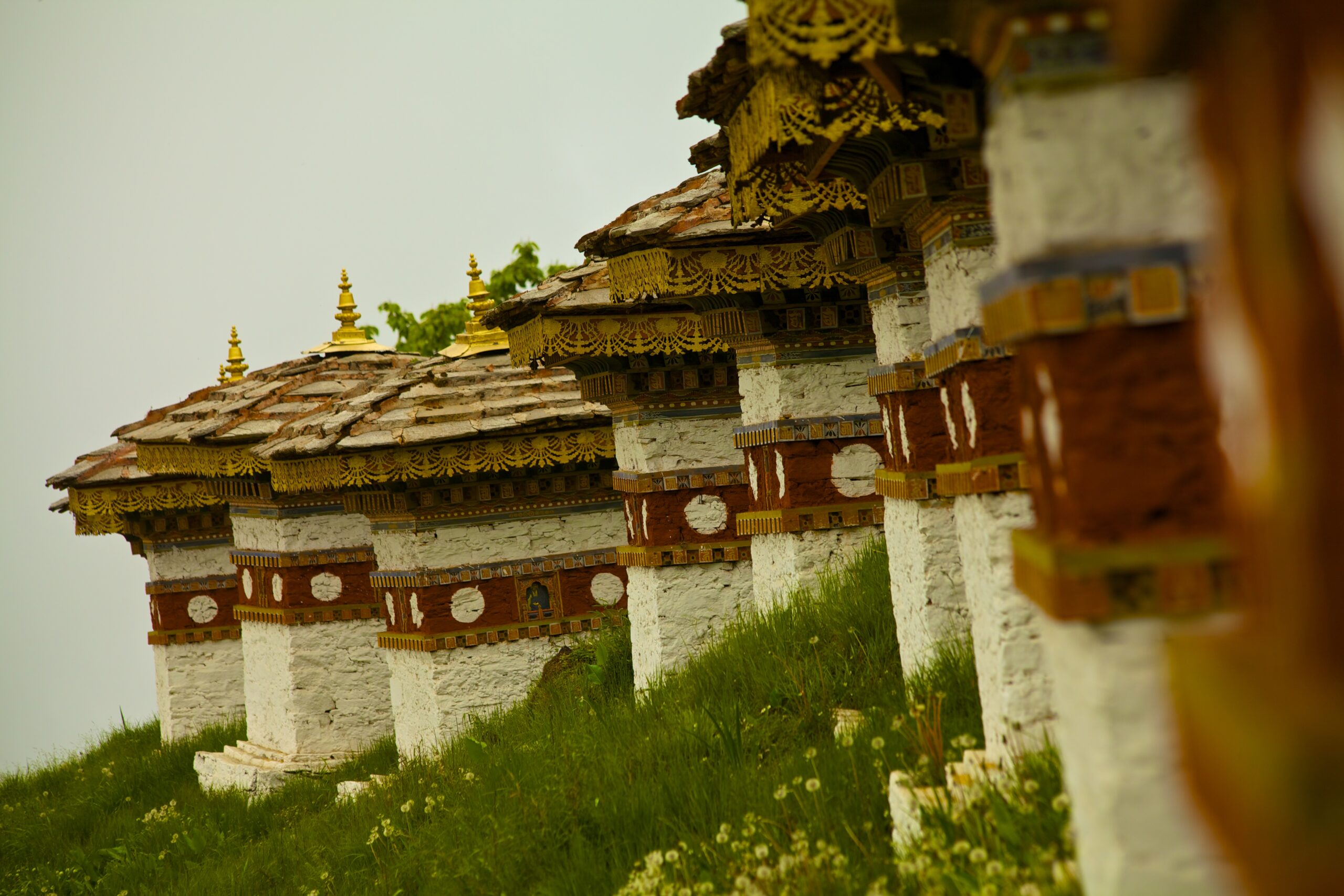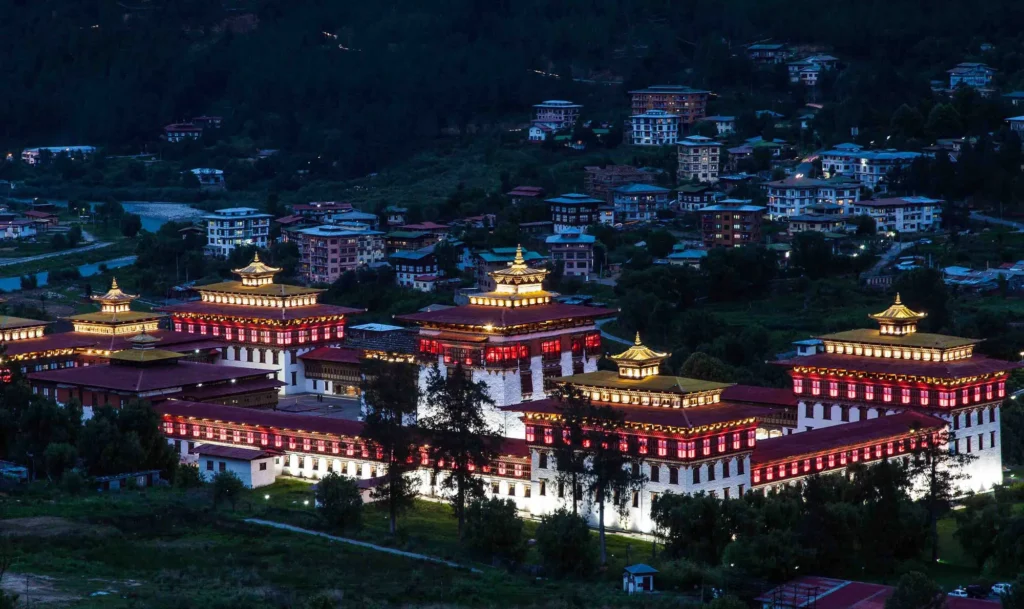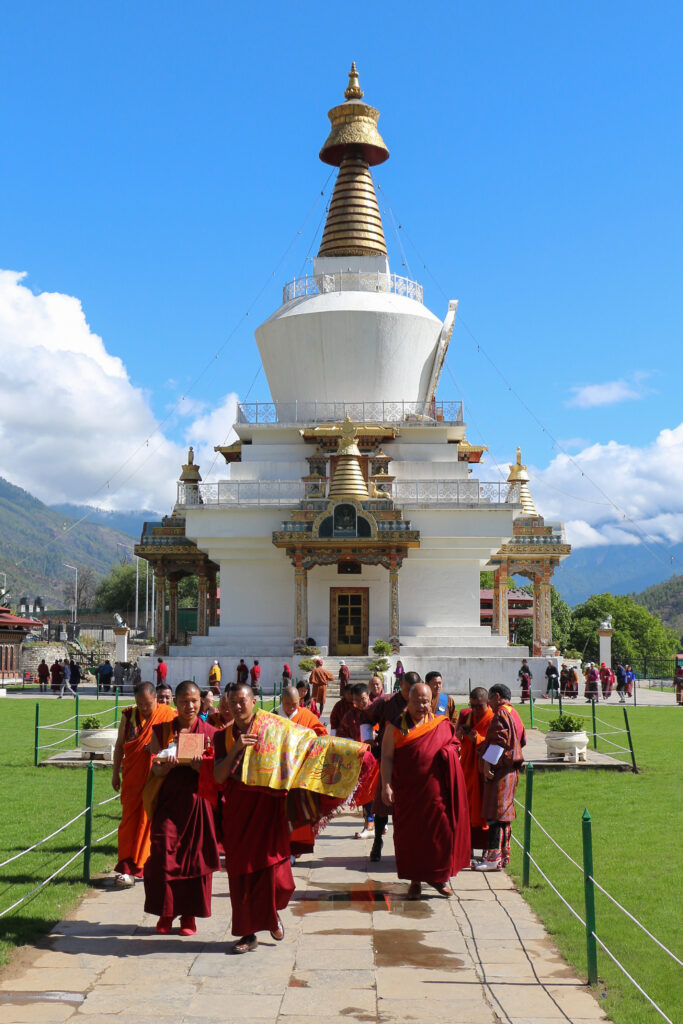- 1
- 5
- 1
- 5
Cultural Attractions & Heritage Sites:
Thimphu is home to several significant religious and historical landmarks, including:
Tashichho Dzong: A grand fortress-monastery that houses the King’s offices and the central monastic body.
National Memorial Chorten: A beautiful stupa built in memory of the third king, where locals gather daily to pray and spin prayer wheels.
Changangkha Lhakhang: A centuries-old temple overlooking the city, popular with locals seeking blessings for newborns.
Buddha Dordenma Statue:
Overlooking the city from a hilltop, this massive 51-meter golden statue of Buddha is one of the largest in the world. The site offers panoramic views of Thimphu Valley and is a spiritual and visual highlight.
Museums and Arts:
Folk Heritage Museum: Offers insights into traditional Bhutanese rural life.
National Institute for Zorig Chusum: Showcases Bhutan's 13 traditional arts and crafts, with students actively practicing their skills.
Textile Museum: Displays intricately woven Bhutanese fabrics and explains their cultural significance.
Modern Bhutanese Life:
Thimphu is where tradition meets modernity. Cafés, art galleries, and boutique stores blend seamlessly with monasteries and markets. Visitors can explore the Centenary Farmers Market, try local dishes, or attend live music performances and film screenings.
Festivals & Events:
The Thimphu Tshechu, held in the fall, is one of the largest religious festivals in Bhutan, featuring colorful masked dances, traditional music, and vibrant costumes.
Nature & Short Hikes:
Though it’s a city, Thimphu is surrounded by forested hills and hiking trails. The Wangditse, Lungchutse, and Tango-Cheri Monastery hikes are excellent for those wanting fresh air and spiritual exploration just outside the city center.
Best Time to Visit:
Spring (March–May) and Autumn (September–November) offer the best weather for sightseeing and cultural events.
Winter is crisp and clear, while summer brings lush greenery but occasional rain.
Thimphu is more than just a capital—it's a living example of Bhutan’s approach to development rooted in culture, environment, and happiness. It’s an ideal starting point for visitors to understand the country’s unique identity before exploring the rest of Bhutan.


